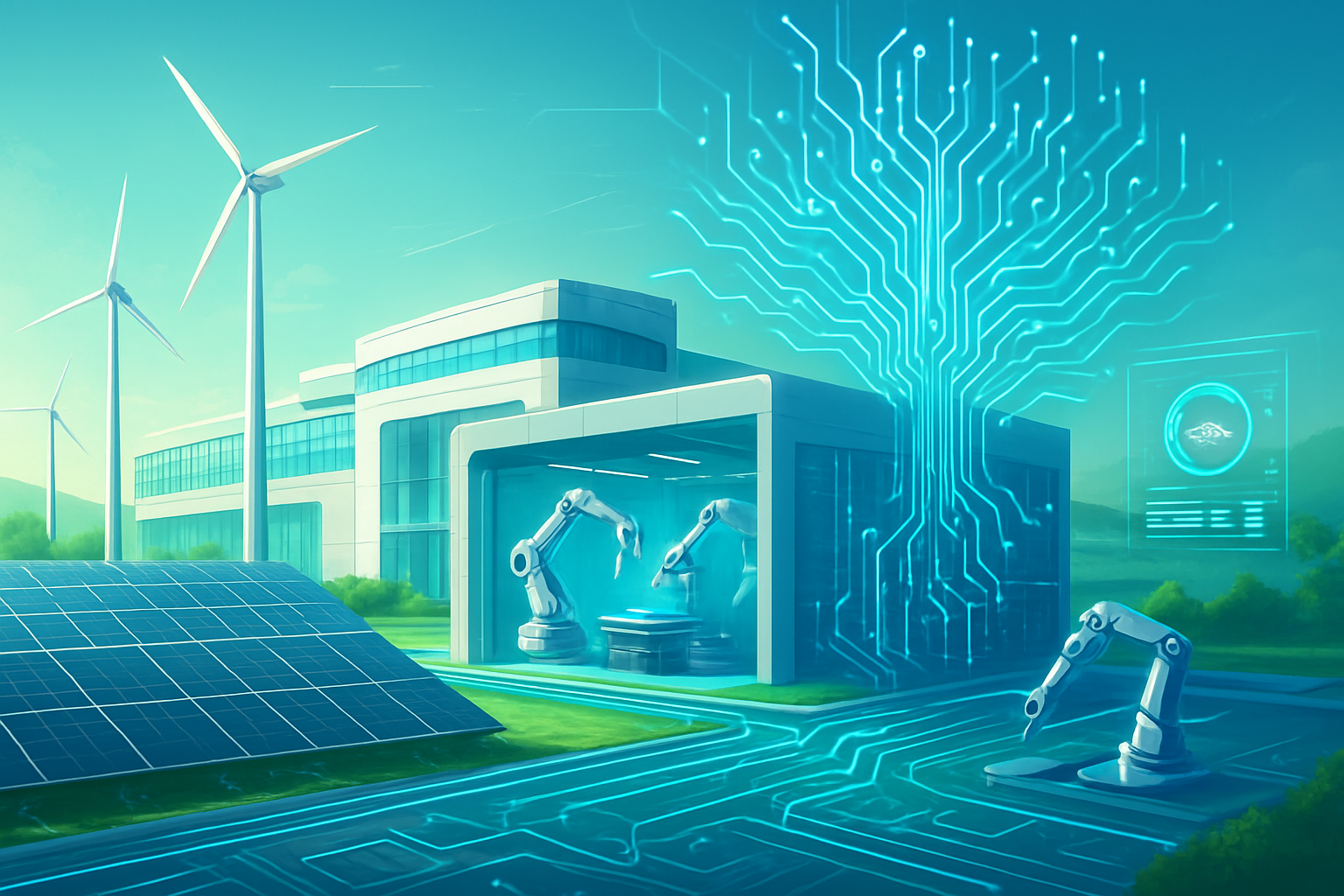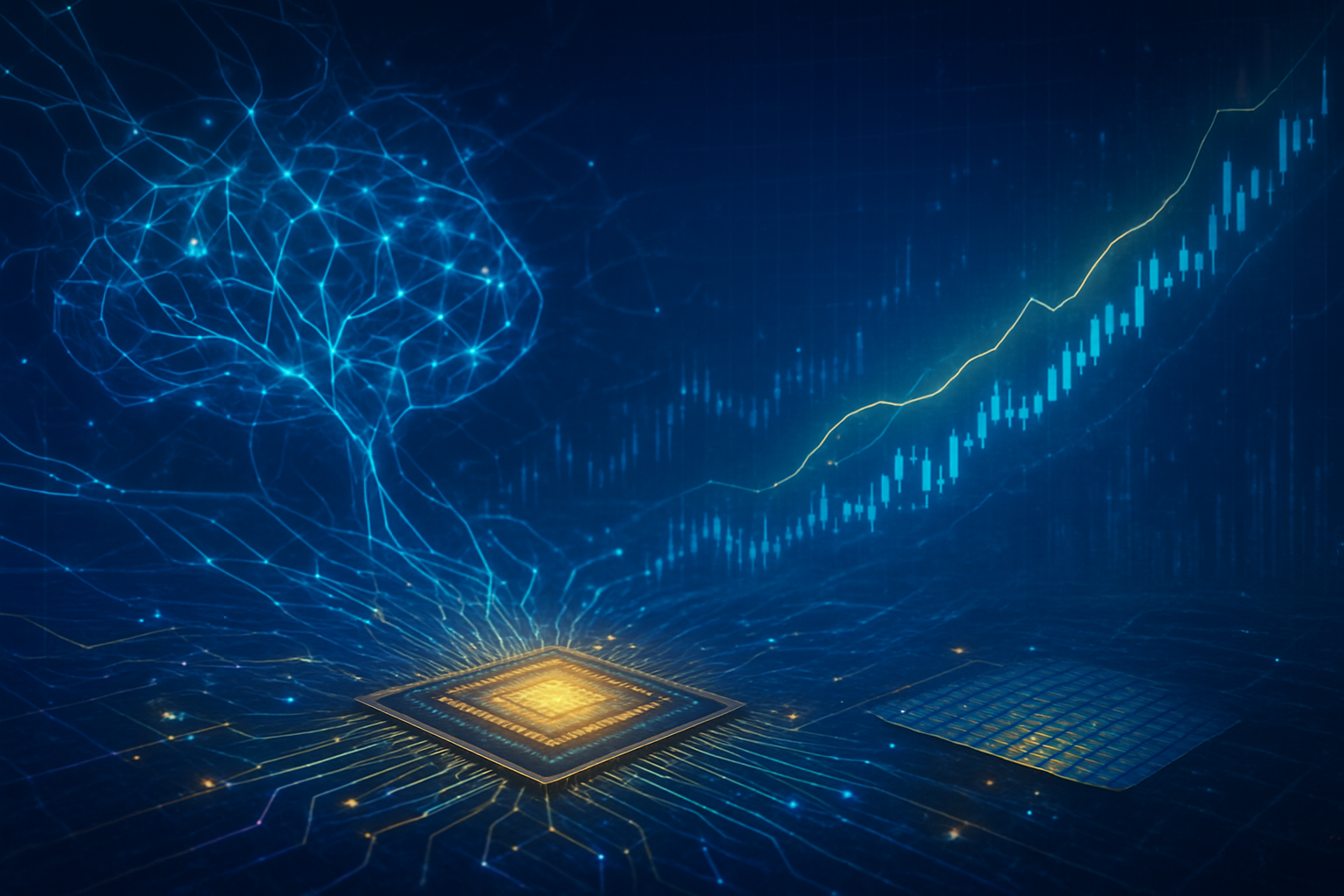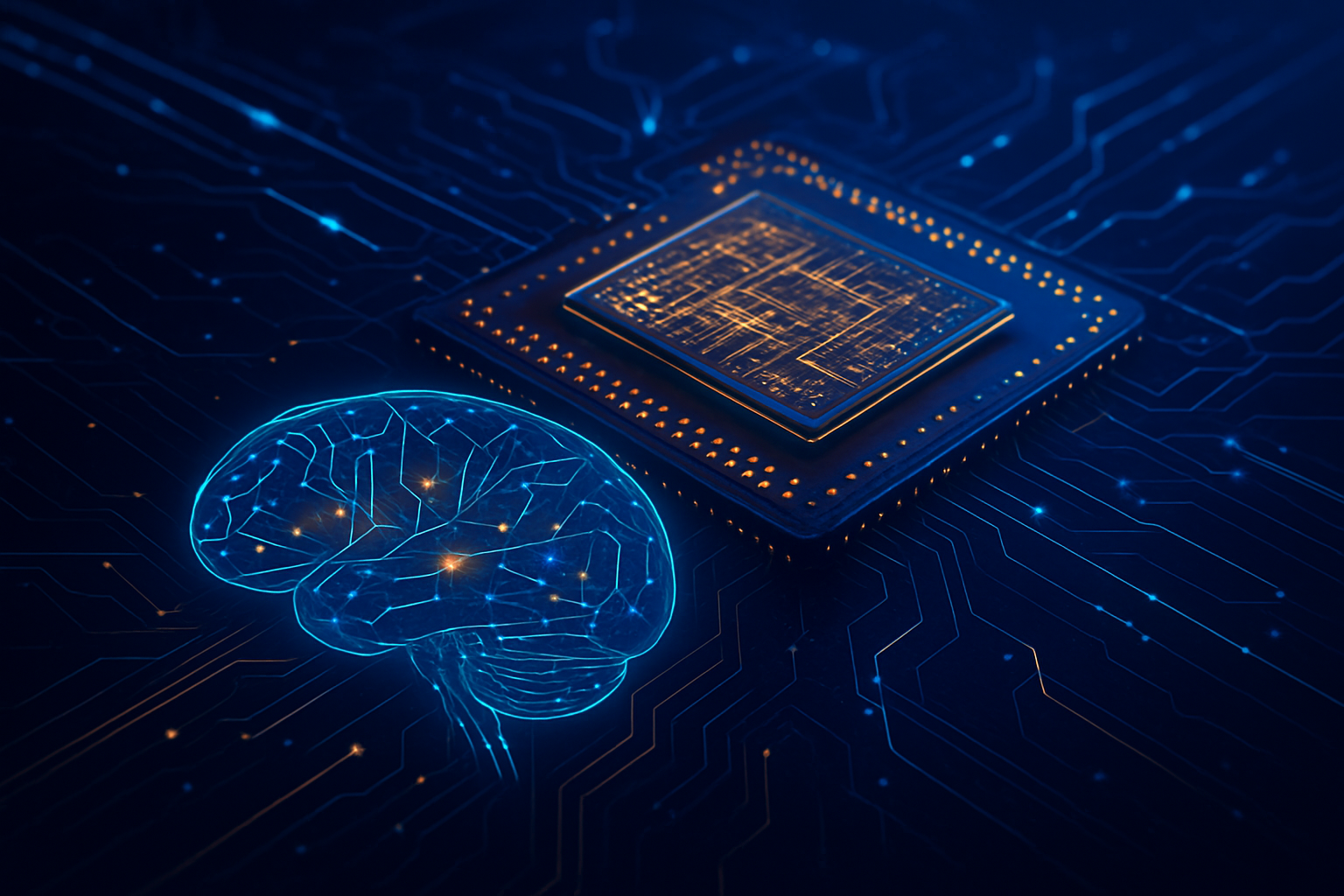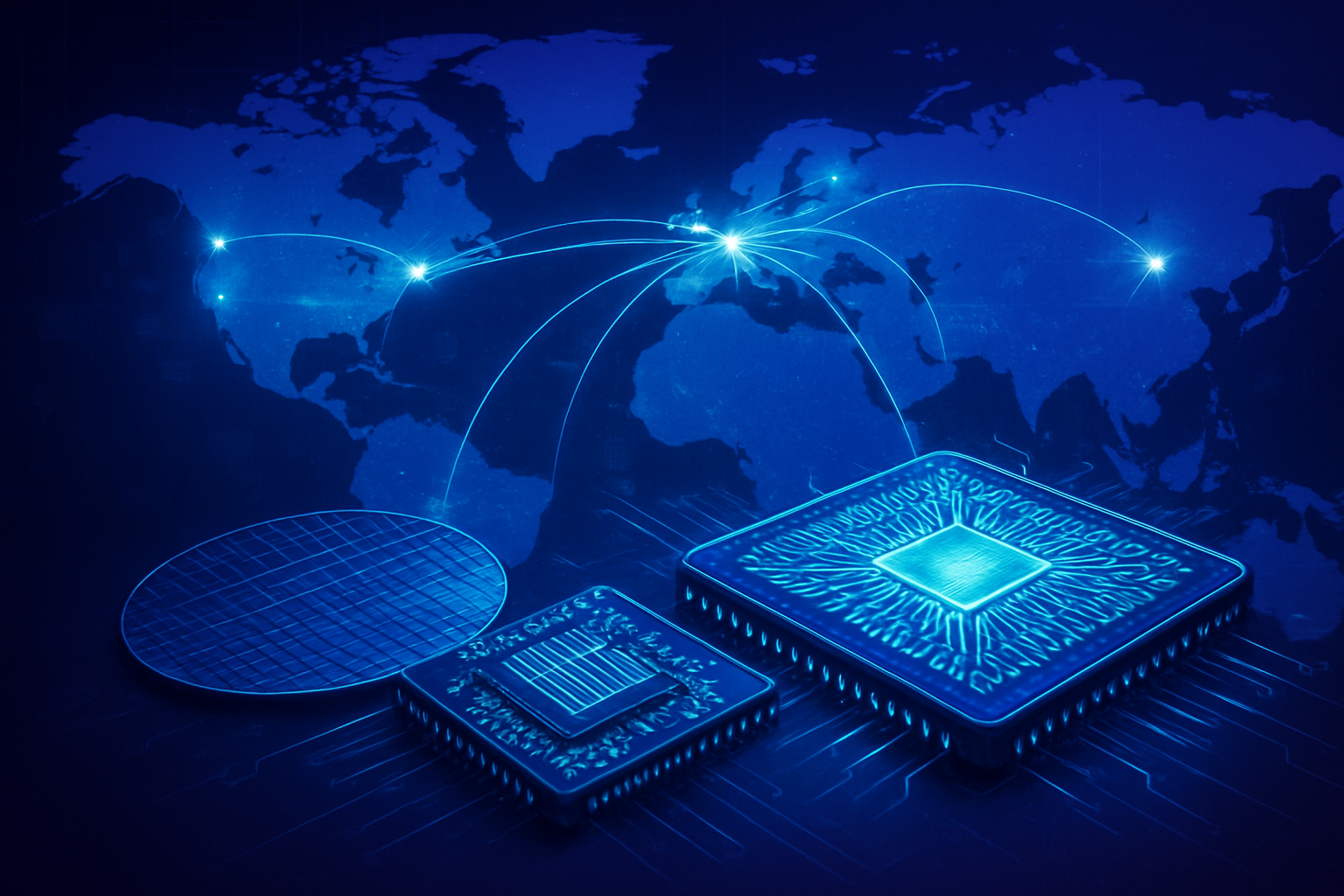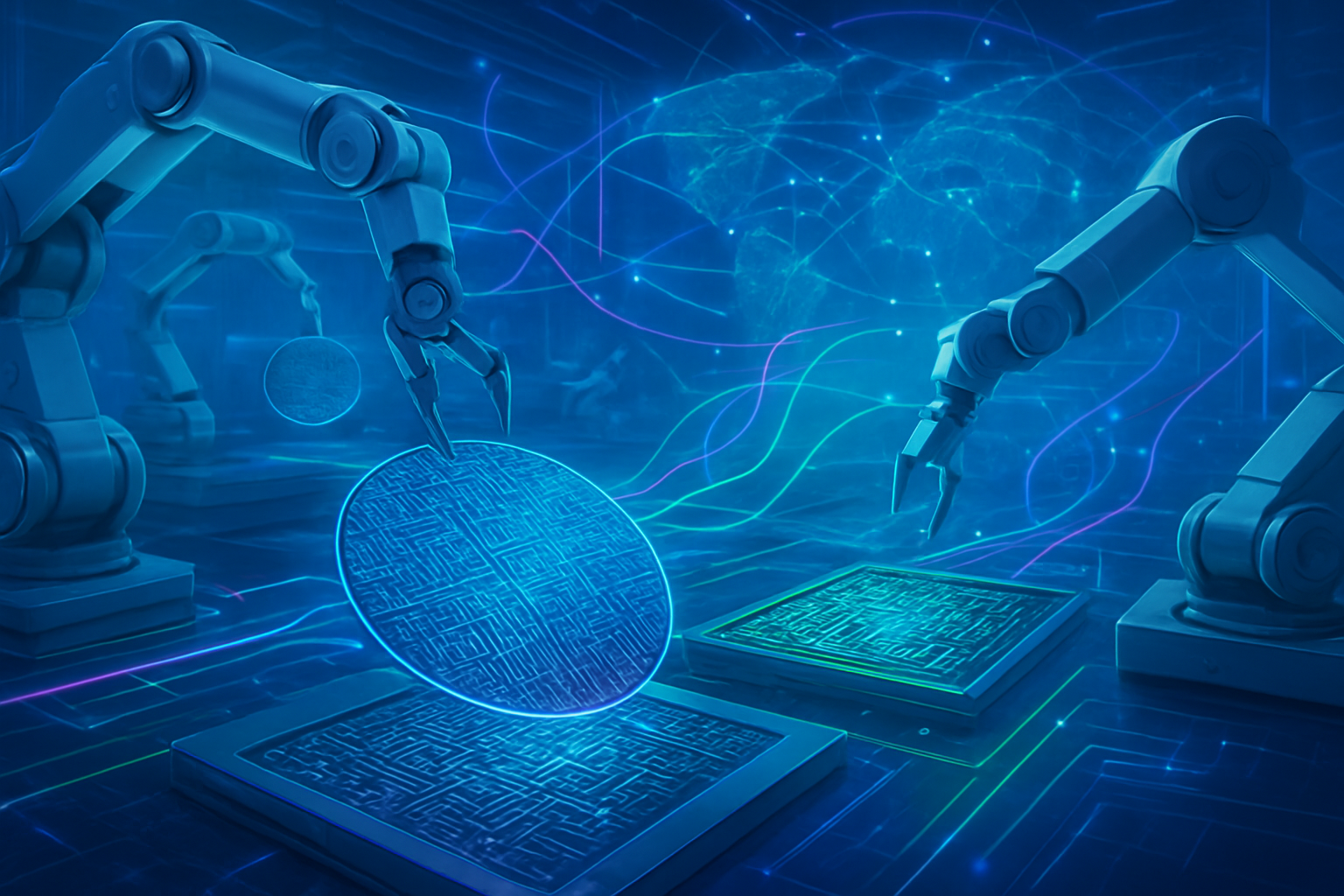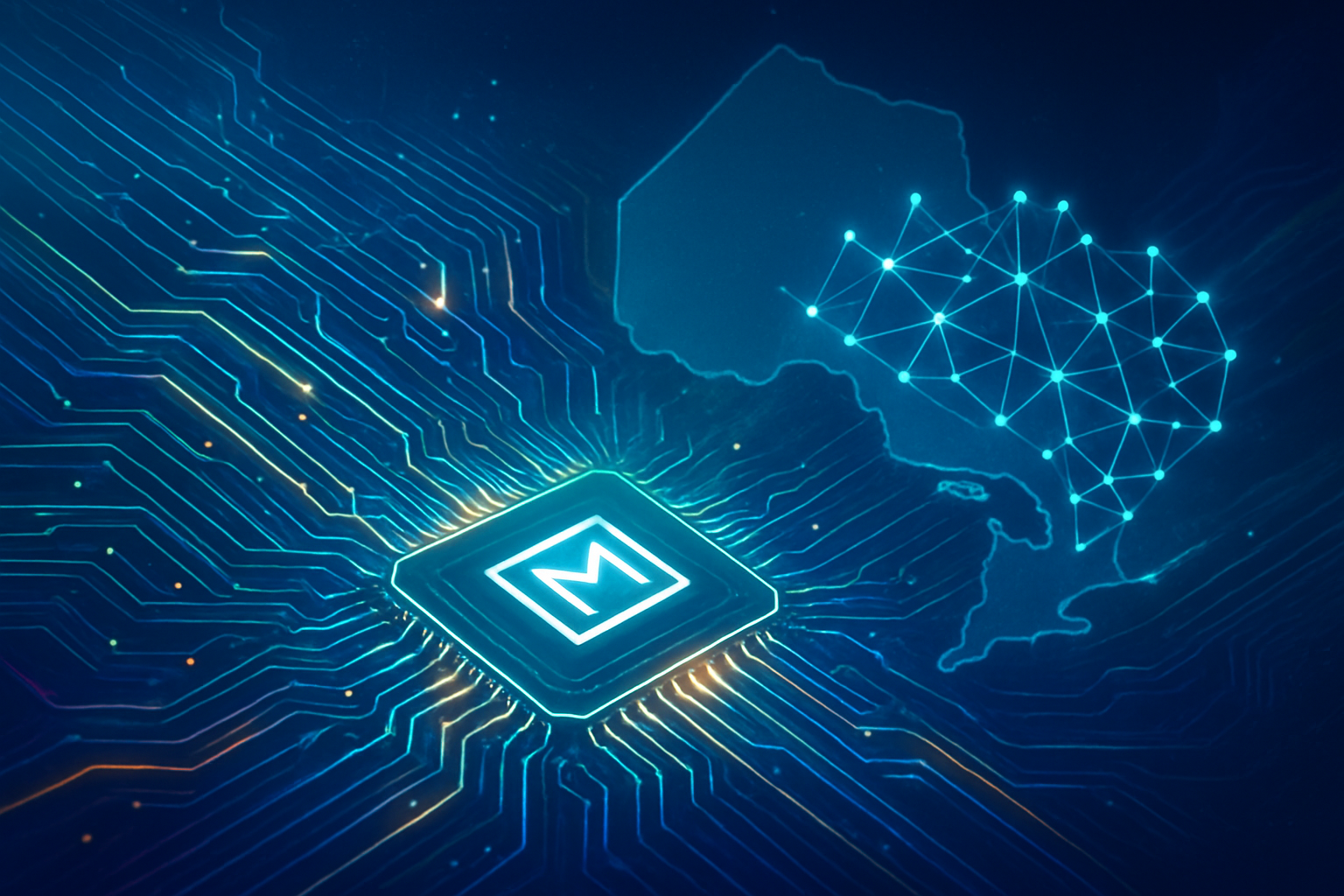In an era where Artificial Intelligence (AI) is rapidly redefining industries and daily life, the relentless pursuit of faster, more efficient, and more powerful computing hardware has become paramount. While much attention focuses on groundbreaking algorithms and software innovations, a quieter revolution is unfolding beneath the surface of every cutting-edge AI chip: advanced semiconductor packaging. Technologies like 3D stacking, chiplets, and fan-out packaging are no longer mere afterthoughts in chip manufacturing; they are the critical enablers boosting the performance, power efficiency, and cost-effectiveness of semiconductors, fundamentally shaping the future of high-performance computing (HPC) and AI hardware.
These innovations are steering the semiconductor industry beyond the traditional confines of 2D integration, where components are laid out side-by-side on a single plane. As Moore's Law—the decades-old prediction that the number of transistors on a microchip doubles approximately every two years—faces increasing physical and economic limitations, advanced packaging has emerged as the essential pathway to continued performance scaling. By intelligently integrating and interconnecting components in three dimensions and modular forms, these technologies are unlocking unprecedented capabilities, allowing AI models to grow in complexity and speed, from the largest data centers to the smallest edge devices.
Beyond the Monolith: Technical Innovations Driving AI Hardware
The shift to advanced packaging marks a profound departure from the monolithic chip design of the past, introducing intricate architectures that maximize data throughput and minimize latency.
3D Stacking (3D ICs)
3D stacking involves vertically integrating multiple semiconductor dies (chips) within a single package, interconnected by ultra-short, high-bandwidth connections. The most prominent of these are Through-Silicon Vias (TSVs), which are vertical electrical connections passing directly through the silicon layers, or advanced copper-to-copper (Cu-Cu) hybrid bonding, which creates molecular-level connections. This vertical integration dramatically reduces the physical distance data must travel, leading to significantly faster data transfer speeds, improved performance, and enhanced power efficiency due to shorter interconnects and lower capacitance. For AI, 3D ICs can offer I/O density increases of up to 100x and energy-per-bit transfer reductions of up to 30x. This is particularly crucial for High Bandwidth Memory (HBM), which utilizes 3D stacking with TSVs to achieve unprecedented memory bandwidth, a vital component for data-intensive AI workloads. The AI research community widely acknowledges 3D stacking as indispensable for overcoming the "memory wall" bottleneck, providing the necessary bandwidth and low latency for complex machine learning models.
Chiplets
Chiplets represent a modular approach, breaking down a large, complex chip into smaller, specialized dies, each performing a specific function (e.g., CPU, GPU, memory, I/O, AI accelerator). These pre-designed and pre-tested chiplets are then interconnected within a single package, often using 2.5D integration where they are mounted side-by-side on a silicon interposer, or even 3D integration. This modularity offers several advantages over traditional monolithic System-on-Chip (SoC) designs: improved manufacturing yields (as defects on smaller chiplets are less costly), greater design flexibility, and the ability to mix and match components from various process nodes to optimize for performance, power, and cost. Standards like the Universal Chiplet Interconnect Express (UCIe) are emerging to facilitate interoperability between chiplets from different vendors. Industry experts view chiplets as redefining the future of AI processing, providing a scalable and customizable approach essential for generative AI, high-performance computing, and edge AI systems.
Fan-Out Packaging (FOWLP/FOPLP)
Fan-out Wafer-Level Packaging (FOWLP) is an advanced technique where the connection points (I/Os) are redistributed from the chip's periphery over a larger area, extending beyond the original die footprint. After dicing, individual dies are repositioned on a carrier wafer or panel, molded, and then connected via Redistribution Layers (RDLs) and solder balls. This substrateless or substrate-light design enables ultra-thin and compact packages, often reducing package size by 40%, while supporting a higher number of I/Os. FOWLP also offers improved thermal and electrical performance due to shorter electrical paths and better heat spreading. Panel-Level Packaging (FOPLP) further enhances cost-efficiency by processing on larger, square panels instead of round wafers. FOWLP is recognized as a game-changer, providing high-density packaging and excellent performance for applications in 5G, automotive, AI, and consumer electronics, as exemplified by Apple's (NASDAQ: AAPL) use of TSMC's (NYSE: TSM) Integrated Fan-Out (InFO) technology in its A-series chips.
Reshaping the AI Competitive Landscape
The strategic importance of advanced packaging is profoundly impacting AI companies, tech giants, and startups, creating new competitive dynamics and strategic advantages.
Major tech giants are at the forefront of this transformation. NVIDIA (NASDAQ: NVDA), a leader in AI accelerators, heavily relies on advanced packaging, particularly TSMC's CoWoS (Chip-on-Wafer-on-Substrate) technology, for its high-performance GPUs like the Hopper H100 and upcoming Blackwell chips. NVIDIA's transition to CoWoS-L technology signifies the continuous demand for enhanced design and packaging flexibility for large AI chips. Intel (NASDAQ: INTC) is aggressively developing its own advanced packaging solutions, including Foveros (3D stacking) and EMIB (Embedded Multi-die Interconnect Bridge, a 2.5D technology). Intel's EMIB is gaining traction, with cloud service providers (CSPs) like Alphabet (NASDAQ: GOOGL) evaluating it for their custom AI accelerators (TPUs), driven by strong demand and a need for diversified packaging supply. This collaboration with partners like Amkor Technology (NASDAQ: AMKR) to scale EMIB production highlights the strategic importance of packaging expertise.
Advanced Micro Devices (NASDAQ: AMD) has been a pioneer in chiplet-based CPUs and GPUs with its EPYC and Instinct lines, leveraging its Infinity Fabric interconnect, and is pushing 3D stacking with its 3D V-Cache technology. Samsung Electronics (KRX: 005930), a major player in memory, foundry, and packaging, offers its X-Cube technology for vertical stacking of logic and SRAM dies, presenting a strategic advantage with its integrated turnkey solutions.
For AI startups, advanced packaging presents both opportunities and challenges. Chiplets, in particular, can lower entry barriers by reducing the need to design complex monolithic chips from scratch, allowing startups to integrate best-in-class IP and accelerate time-to-market with specialized AI accelerators. Companies like Mixx Technologies are innovating with optical interconnect systems using silicon photonics and advanced packaging. However, startups face challenges such as the high manufacturing complexity and cost of advanced packaging, thermal management issues, and the need for skilled labor.
The competitive landscape is shifting, with packaging no longer a commodity but a strategic differentiator. Companies with strong access to advanced foundries (like TSMC and Intel Foundry) and packaging expertise gain a significant edge. Outsourced Semiconductor Assembly and Test (OSAT) vendors like Amkor Technology are becoming critical partners. The capacity crunch for leading advanced packaging technologies is prompting tech giants to diversify their supply chains, fostering competition and innovation. This evolution blurs traditional roles, with back-end design and packaging gaining immense value, pushing the industry towards system-level co-optimization. This disruption to traditional monolithic chip designs means that purely monolithic high-performance AI chips may become less competitive as multi-chip integration offers superior performance and cost efficiencies.
A New Era for AI: Wider Significance and Future Implications
Advanced packaging technologies represent a fundamental hardware-centric breakthrough for AI, akin to the advent of Graphics Processing Units (GPUs) in the mid-2000s, which provided the parallel processing power to catalyze the deep learning revolution. Just as GPUs enabled the training of previously intractable neural networks, advanced packaging provides the essential physical infrastructure to realize and deploy today's and tomorrow's sophisticated AI models at scale. It directly addresses the "memory wall" and other fundamental hardware bottlenecks, pushing past the limits of traditional silicon scaling into the "More than Moore" era, where performance gains are achieved through innovative integration.
The overall impact on the AI landscape is profound: enhanced performance, improved power efficiency, miniaturization for edge AI, and unparalleled scalability and flexibility through chiplets. These advancements are crucial for handling the immense computational demands of Large Language Models (LLMs) and generative AI, enabling larger and more complex AI models.
However, this transformation is not without its challenges. The increased power density from tightly integrated components exacerbates thermal management issues, demanding innovative cooling solutions. Manufacturing complexity, especially with hybrid bonding, increases the risk of defects and complicates yield management. Testing heterogeneous chiplet-based systems is also significantly more complex than monolithic chips, requiring robust testing protocols. The absence of universal chiplet testing standards and interoperability protocols also presents a challenge, though initiatives like UCIe are working to address this. Furthermore, the high capital investment for advanced packaging equipment and expertise can be substantial, and supply chain constraints, such as TSMC's advanced packaging capacity, remain a concern.
Looking ahead, experts predict a dynamic future for advanced packaging, with AI at its core. Near-term advancements (1-5 years) include the widespread adoption of hybrid bonding for finer interconnect pitches, continued evolution of HBM with higher stacks, and improved TSV fabrication. Chiplets will see standardized interfaces and increasingly specialized AI chiplets, while fan-out packaging will move towards higher density, Panel-Level Packaging (FOPLP), and integration with glass substrates for enhanced thermal stability.
Long-term (beyond 5 years), the industry anticipates logic-memory hybrids becoming mainstream, ultra-dense 3D stacks, active interposers with embedded transistors, and a transition to 3.5D packaging. Chiplets are expected to lead to fully modular semiconductor designs, with AI itself playing a pivotal role in optimizing chiplet-based design automation. Co-Packaged Optics (CPO), integrating optical engines directly adjacent to compute dies, will drastically improve interconnect bandwidth and reduce power consumption, with significant adoption expected by the late 2020s in AI accelerators.
The Foundation of AI's Future
In summary, advanced semiconductor packaging technologies are no longer a secondary consideration but a fundamental driver of innovation, performance, and efficiency for the demanding AI landscape. By moving beyond traditional 2D integration, these innovations are directly addressing the core hardware limitations that could otherwise impede AI's progress. The relentless pursuit of denser, faster, and more power-efficient chip architectures through 3D stacking, chiplets, and fan-out packaging is critical for unlocking the full potential of AI across all sectors, from cloud-based supercomputing to embedded edge devices.
The coming weeks and months will undoubtedly bring further announcements and breakthroughs in advanced packaging, as companies continue to invest heavily in this crucial area. We can expect to see continued advancements in hybrid bonding, the proliferation of standardized chiplet interfaces, and further integration of optical interconnects, all contributing to an even more powerful and pervasive AI future. The race to build the most efficient and powerful AI hardware is far from over, and advanced packaging is leading the charge.
This content is intended for informational purposes only and represents analysis of current AI developments.
TokenRing AI delivers enterprise-grade solutions for multi-agent AI workflow orchestration, AI-powered development tools, and seamless remote collaboration platforms.
For more information, visit https://www.tokenring.ai/.

